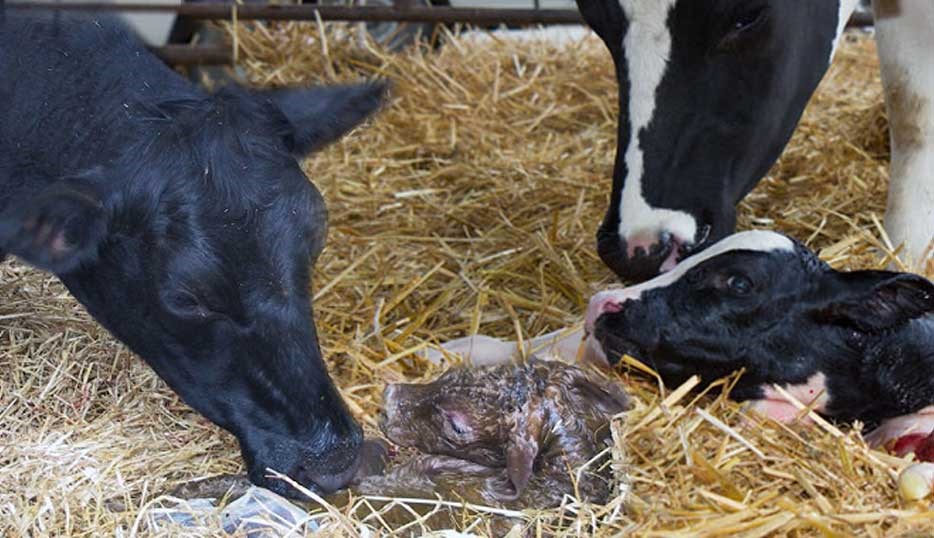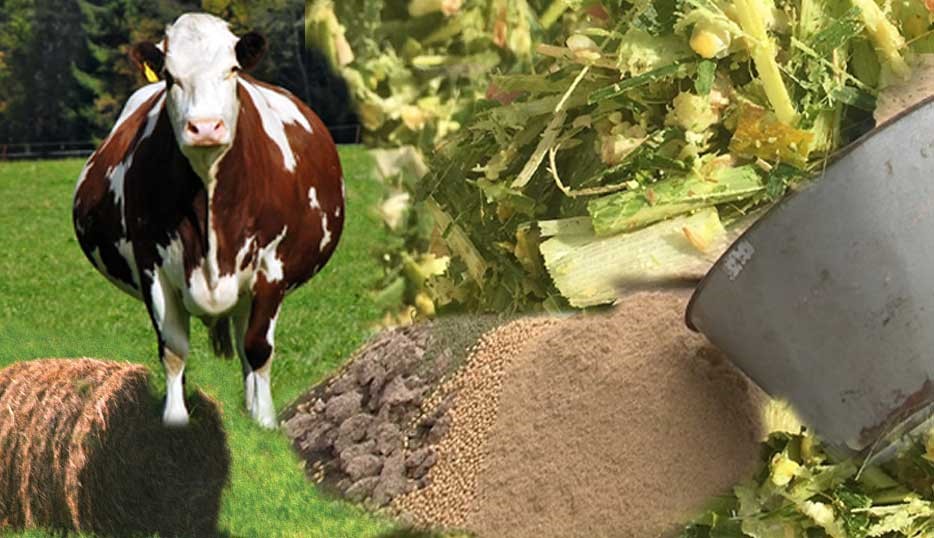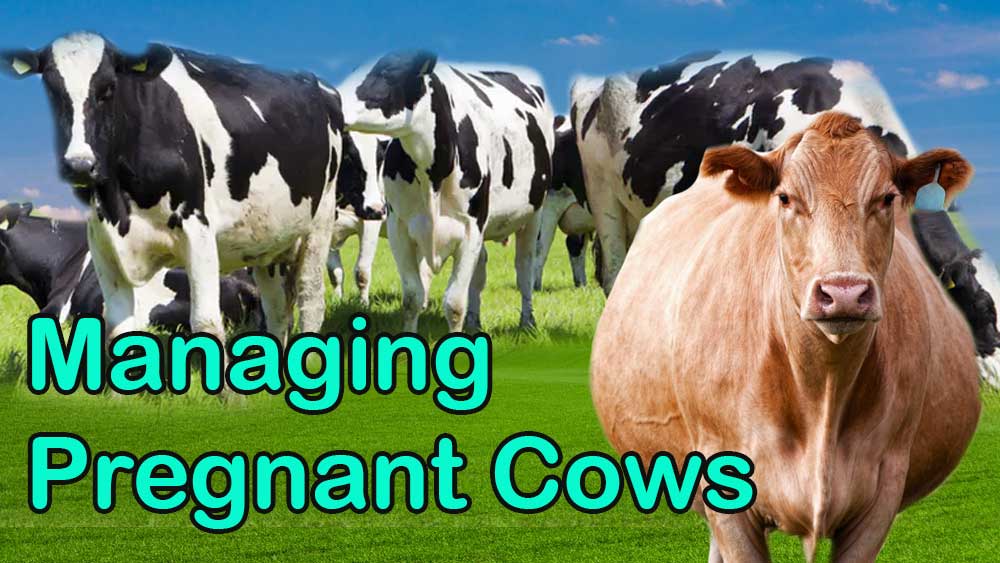When it comes to cattle rearing properly managing the pregnant cattle (here after called cow) is very important. Because the cows are very important in expanding the herds. Therefore, the correct management is need to have a healthy calf as well as to have a better milk yield.
Objectives of managing a cow
There are some objectives that we have to accomplish while managing the cows farming.
This proper management leads to have a better milk yield, to have a healthy calf and also a cow. As well as to maximize the lactation number and to return the cow to the estrous to re-mate after 70-80 days after calving.
Normally the lactation period of the cow is about 305 days. Around 80 days after calving the cow should conceive and should give a birth to the calf at the end of the lactation period. This way the cow can give birth to their younger ones each year.
Managing the calving or the parturition process

The cow should separate from the other cows 2 weeks before the calving. It should move in to a clean, dry and a shady place. This will comfort the cow and the calf. Avoid the occurrence of the infections also. Normally this is called a loose box or a maternity pen.
Enough bedding should be there in the box and providing shade is important to reduce the stress. There should be a good drainage also on the pen. Then have to observe the cow continuously until parturition.
The calving process do not need in any assistance most of the time. But if needed should assist the calving process if it is not completed within 2 hours after starting the labor. Otherwise, abortions can be occurred. But this should be done by a skilled person to avoid the complications.
Generally, 3-6 hours after calving the placenta gets remove from the cow. But it doesn’t occur, should take the assistance from the veterinarian. Having unremoved placenta is called retained placenta.
Signs of parturition
Signs that help to identify a cow near to calving.
- Swollen udder
- Raised tail
- Relaxation of pelvic ligament
- Swollen and reddened vulva.
- Increased body temperature
- Dilation of vulva and cervix
- Mucous discharge from vulva
- Loss of appetite
- Frequent urination
- Restlessness
Once you see these signs that means the cow is ready to give birth to a calf. Therefore, you can prepare the cow and the surrounding for the parturition.
Feeding the pregnant cow

Feeding the cow properly is very important as there are some complications occurring if the cow is too thin or too fat.
If they are too thin cause to reduced milk production and leads to lack adequate body reserves to use in early lactation. As well this cause to increase the incidence of some metabolic diseases. This also led to delay recommencement of heat cycle after calving.
If the cow it too fat it also causes for reducing the milk yield as well more complications can occur at calving. Causes to depress the voluntary dry matter intake in early lactation and increase the incidence of metabolic diseases.
Therefore, the correct maintenance of the body size is very important here. To know the body reserve energy there is a score called body condition score and during the calving the body condition score or the BCS should be 2.5. We will learn more about this BCS through my future articles.
During this period the cow needs feed for its maintenance as well as for the production.
The general rule of feeding the cow is:
- 10% of its live weight if feed on fresh matter basis
- Or 2.5 – 3% of its live weight if it is on dry matter basis
- This is formulated such that 1 Kg for maintenance and 0.5 Kg for each liter of milk (first 4 L – free)
Typed of feeds for pregnant cow
You can feed roughages or concentrates.
Roughages
Fodder, pasture, hay, silage. Crop residues
You can replace the roughages with low quality with the supplements of concentrates, Urea-Mol-Min-Block (UMMB) or by modification the roughages by spreading molasses, chopping, urea treatment and so on.
Concentrates
should formulate based on the quality and the quantity of roughages, body weight, physiological stage of the cow as well as the daily milk production.
